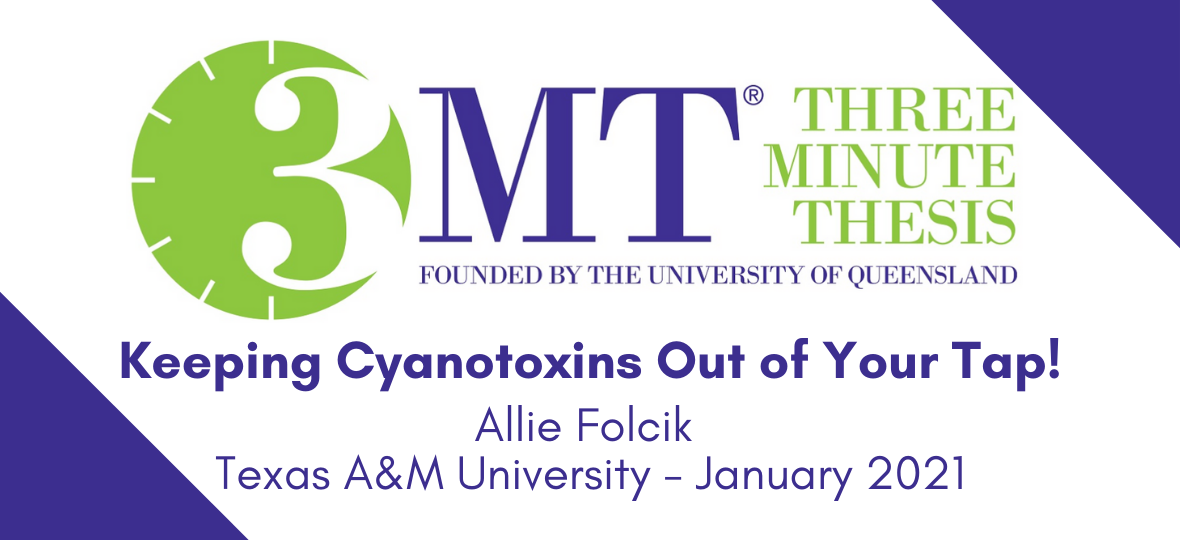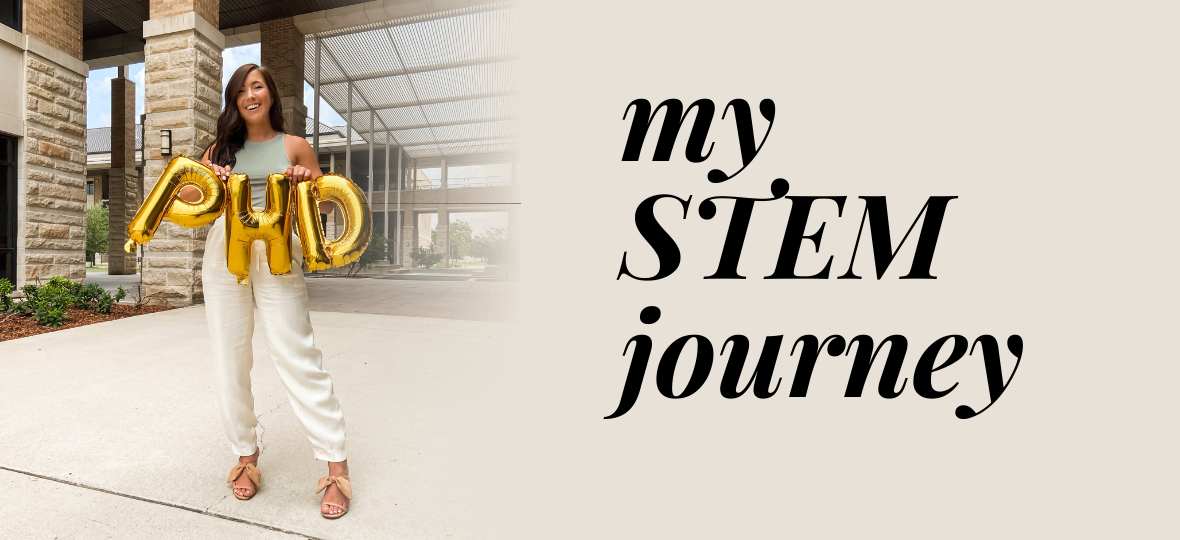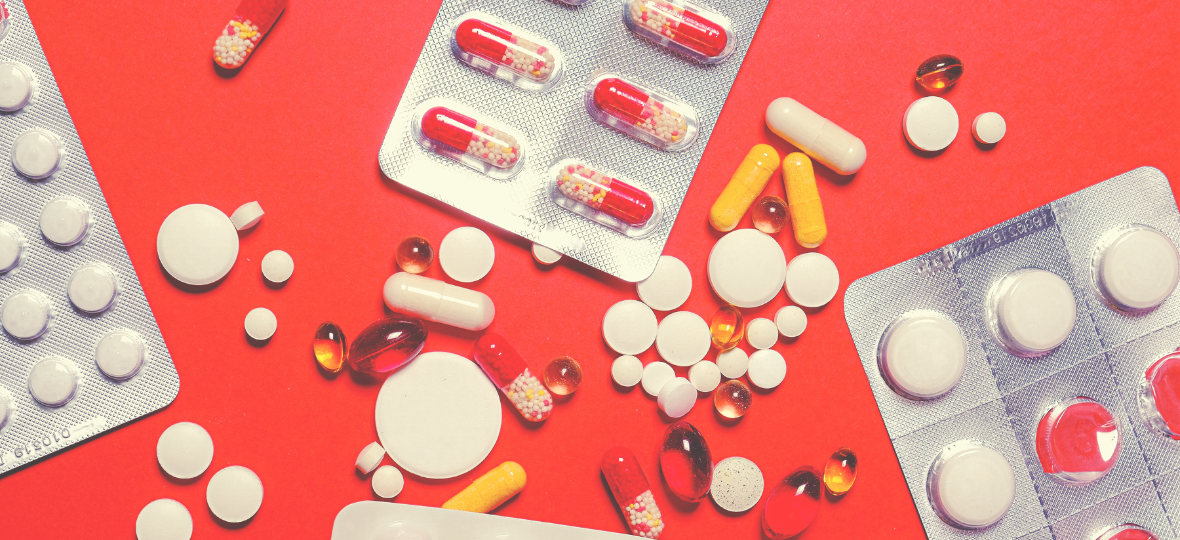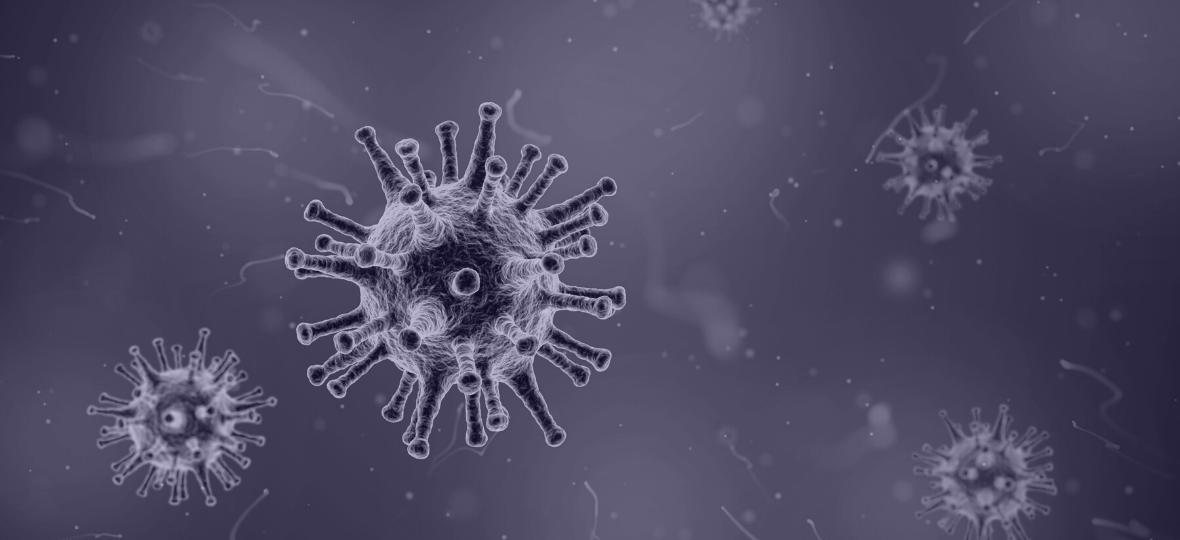The 3 minute thesis (3MT) is a concept that was started by the University of Queensland in 2008. The event challenges doctoral and masters students to explain their research in 3 minutes or less in terms that anyone can understand. As of 2020, the 3MT competition is now held at over 900 universities across 85 countries!
I competed in Texas A&M’s 3MT competition in January 2021. You can check out my presentation below, as well as a few tips and tricks I found helped me to format my talk!
Tips and tricks
Here are a few tips that I found helpful when developing my talk –
- Focus on the broader impacts of your research – For non-specialists, it is much easier to understand the purpose of the research if they can understand the overall goal of why your doing it. Therefore, try to focus on what the broader impacts are so that the audience can understand how it impacts their lives.
- No jargon – Many words that specialists use to describe their research are not common words. Be sure during your presentation to get rid of uncommon terms, or to explain those you cannot get rid of. For example, instead of saying “degradation product” try “break down product”.
- Practice makes perfect – Normally, I would advise not to over practice a talk because you come off too scripted. However in this case, memorization is key to staying within the 3 minute time limit. I found it helpful to write out my script so that I knew how much information I could really fit in that small time frame.
- Don’t use too much text on your slide – In the competition, you are allowed only one slide to convey your point. But, if your audience is reading your slide, they won’t be paying attention to what you’re saying. Try to keep your slide pictorial and with as little text as possible so as not to distract the audience.
- Delivery matters – Just like no one likes listening to a monotone professor, be sure that you seem excited about your research! Emphasizing important points through your talk can draw the listener in and get them more excited about your research as well.
Keep Cyanotoxins Out of Your Tap!
Transcript
Water scarcity is an increasing concern around the globe. In fact, by 2025 it is estimated that half of the world’s population will be living in a water stressed area. In order to meet these increasing water needs; we must be able to effectively clean our polluted waters.
A class of pollutants that are becoming increasingly problematic are something called cyanotoxins. Cyanotoxins are dangerous chemicals that are produced by harmful algal blooms. But although we refer to these blooms as algal blooms, most freshwater blooms are caused by a similar organism looking called cyanobacteria – which is why we call the toxins cyanotoxins.
In particular, I study one of the most common cyanotoxins called microcystin. Microcystin is a potent liver toxin and is responsible for various livestock and pet poisonings, and human illnesses every year. Short term exposure may result in rashes, nausea, and vomiting, but long-term exposure may result in liver failure and may cause cancer.
The problem arises when these harmful algal blooms occur in source waters that feed drinking water plants. In this case, both cyanobacteria and cyanotoxins get taken into the plant, and if not treated effectively, can end up in tap water and make people sick. Unfortunately, our existing treatment strategies are not always sufficient to prevent this from happening.
This is where my research comes in. I am investigating the use of a technology called electron beam irradiation – or ebeam for short. But don’t let the irradiation term scare you. This technology works by essentially taking electrons from commercial electricity and speeding them up to almost the speed of light. This laser-like beam of electrons is then able to interact with the chemical bonds of pollutants, breaking them apart, as well as to damage the DNA of harmful bacteria and viruses.
My research questions whether this technology could be used to effectively break down the microcystins in drinking water treatment, as well as to kill the cyanobacteria that produces them.
My results have shown so far that microcystin, after eBeam treatment, is broken into non-toxic products. Normally, microcystin interacts with enzymes in your liver cells called phosphatases. But, after treatment, we see that the part of the molecule normally responsible for this binding, is no longer there. This suggests we have alleviated the toxicity of microcystin.
However, why does this matter if we still have cyanobacteria producing more microcystin in the water? Well, I’ve also seen that after eBeam treatment, cyanobacteria lyse – or are essentially killed by rupturing. This means that the cyanobacteria are no longer able to produce microcystin.
Overall, this shows that eBeam technology could be a valuable tool implemented into the water treatment process to prevent harmful pollutants like microcystins, from getting into your tap.
Want more info on my research? Check out my dissertation miniseries.





Leave a Comment